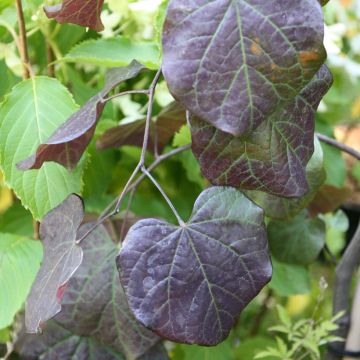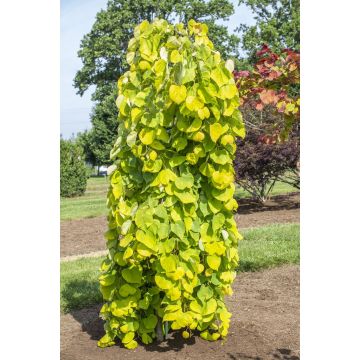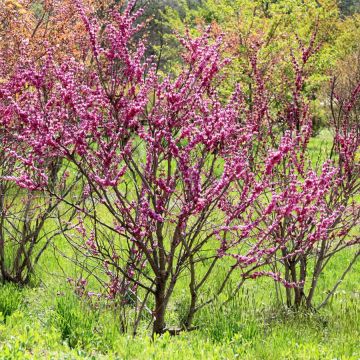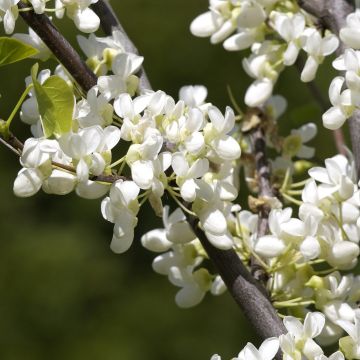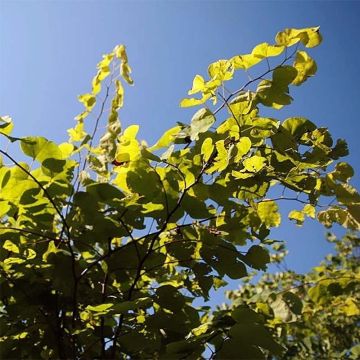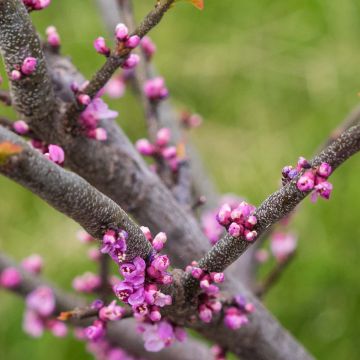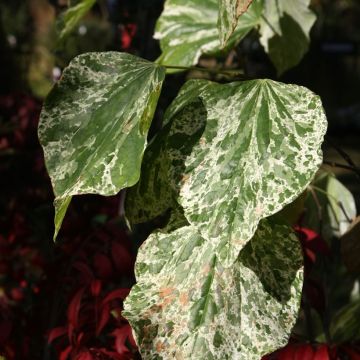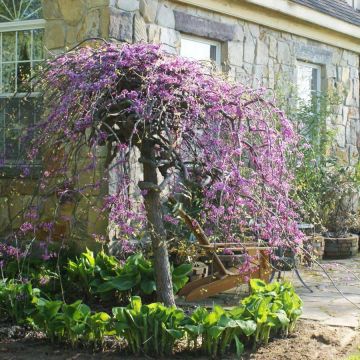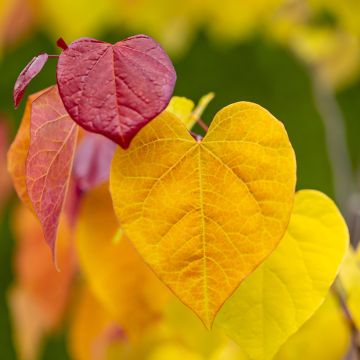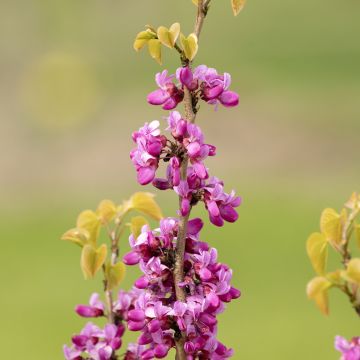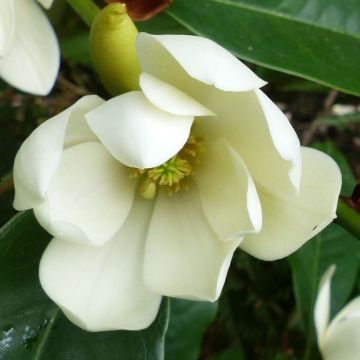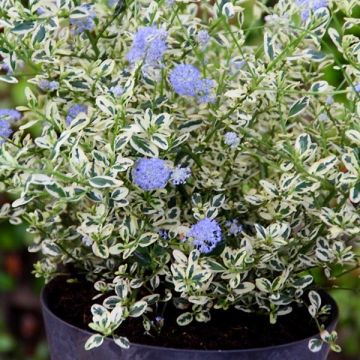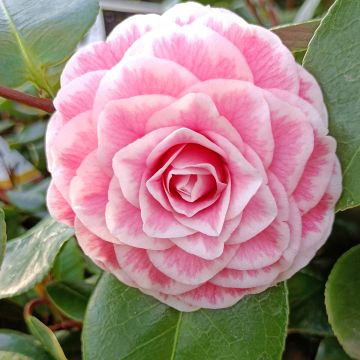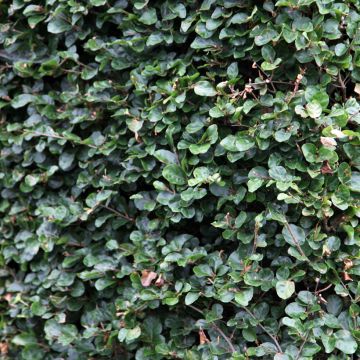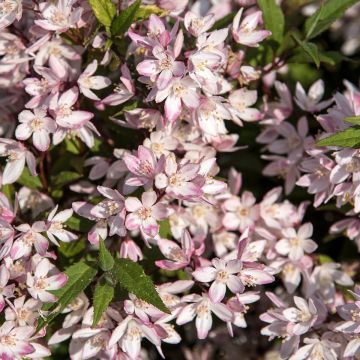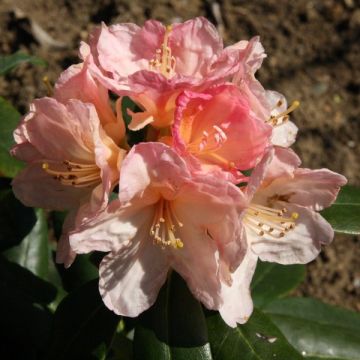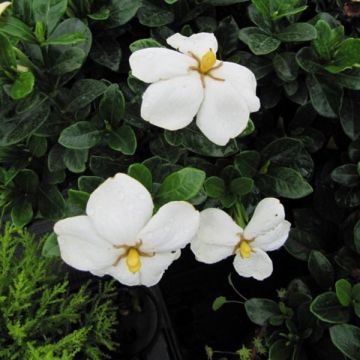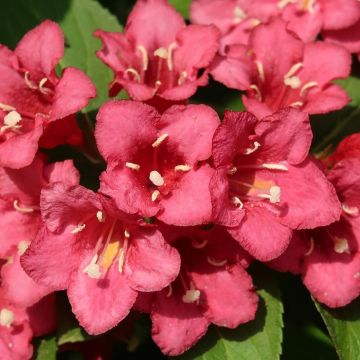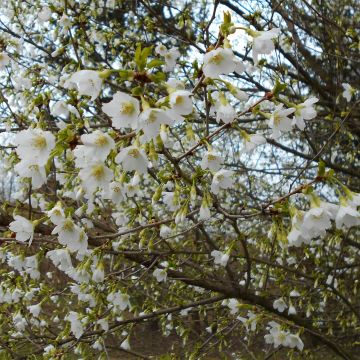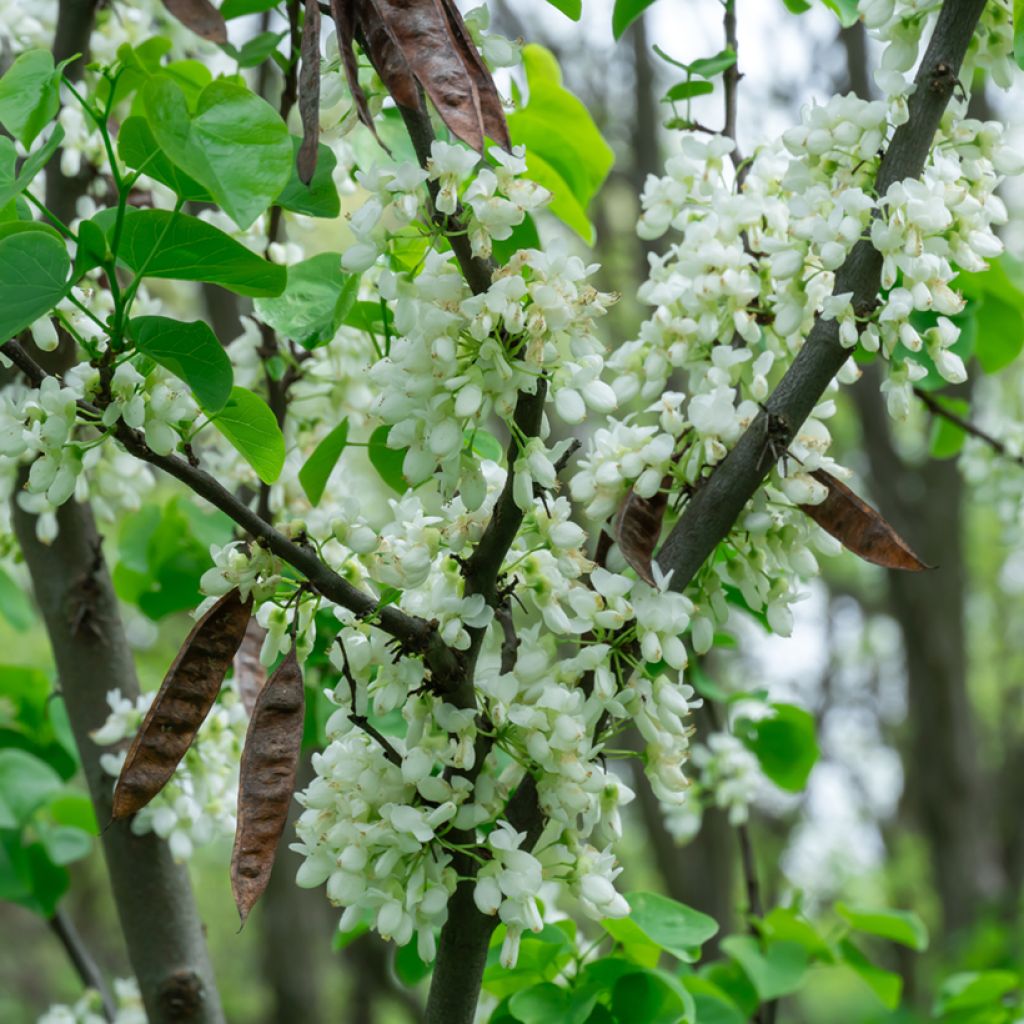

Cercis chinensis Shirobana - Chinese Redbud
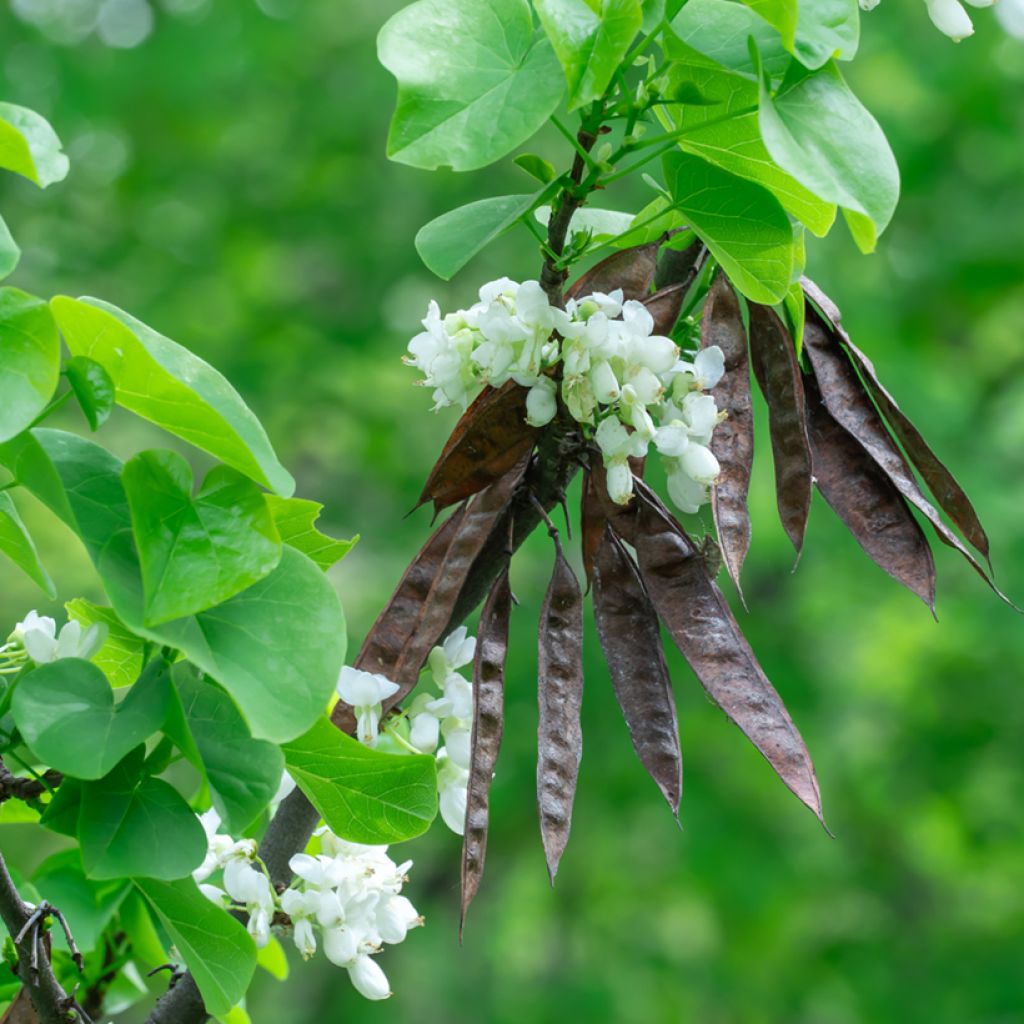

Cercis chinensis Shirobana - Chinese Redbud
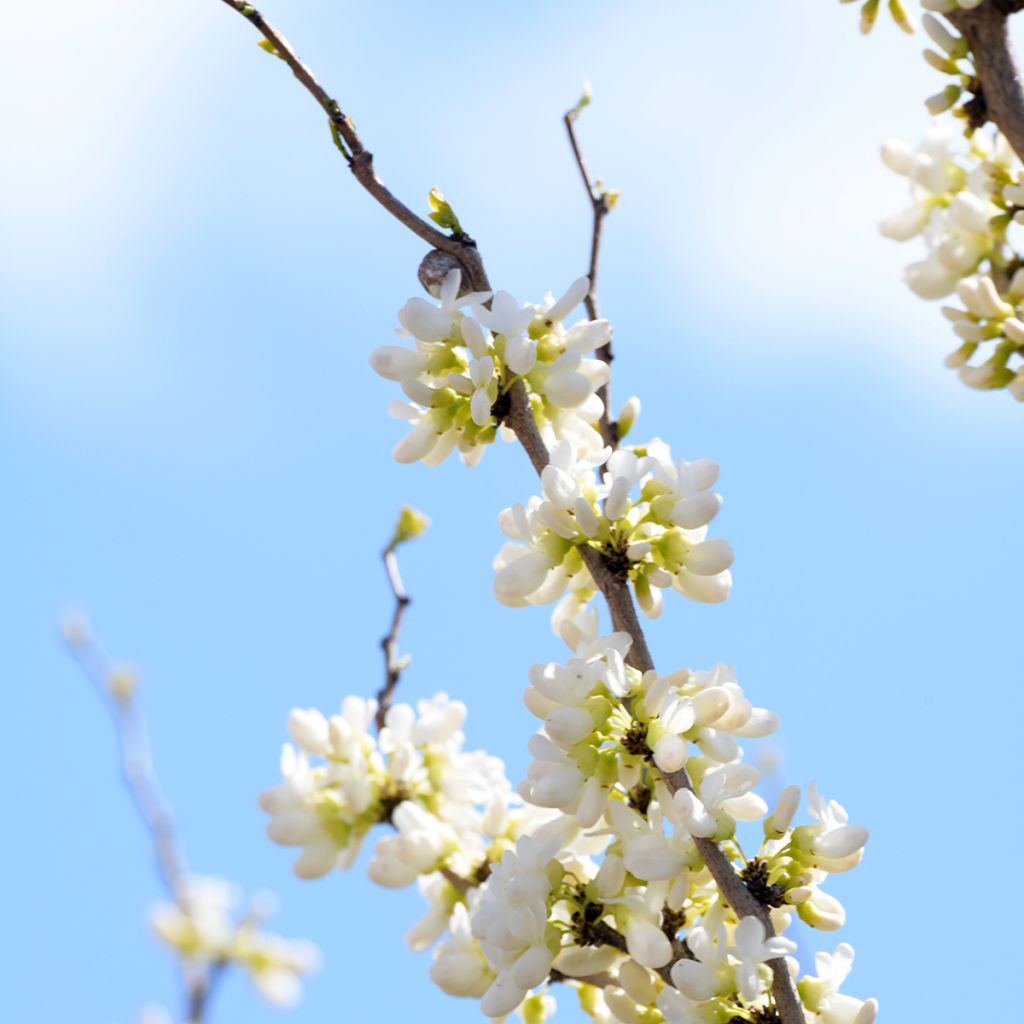

Cercis chinensis Shirobana - Gainier de Chine
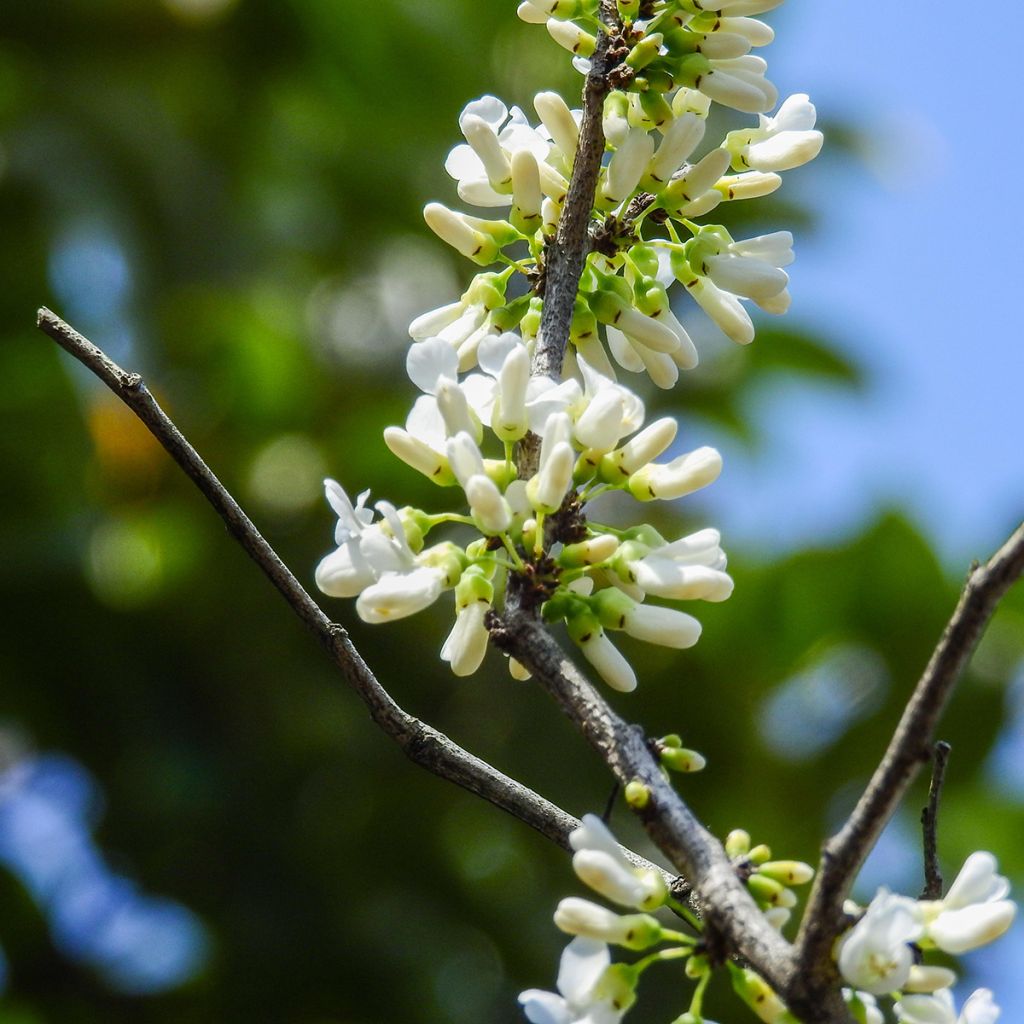

Cercis chinensis Shirobana - Gainier de Chine
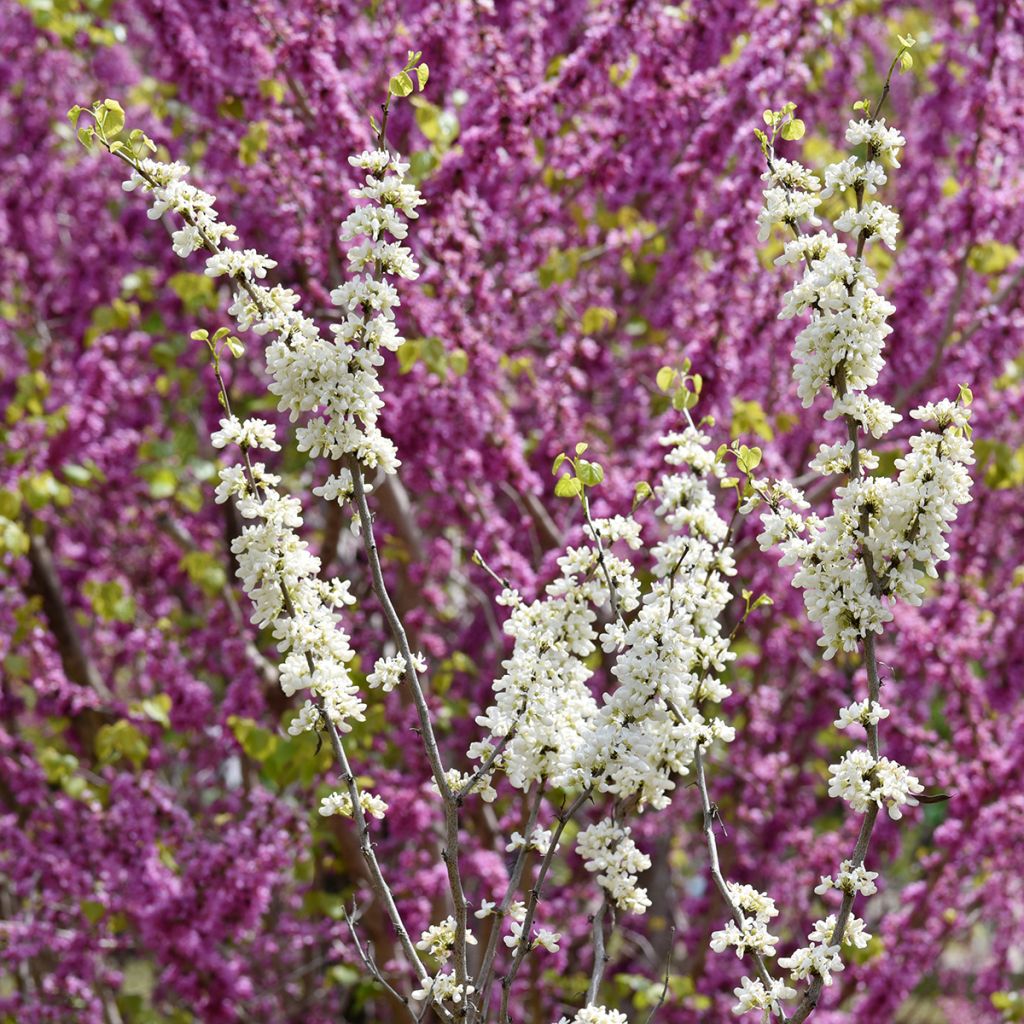

Cercis chinensis Shirobana - Gainier de Chine
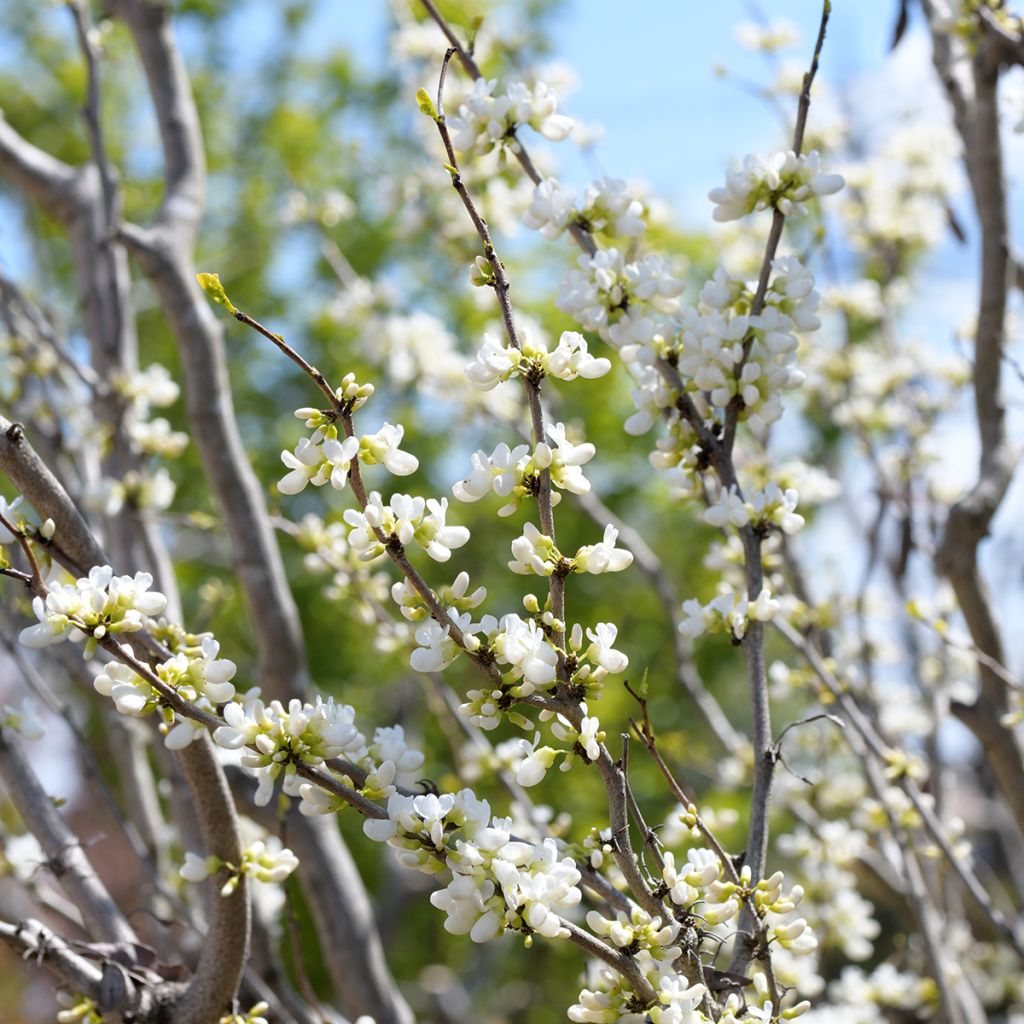

Cercis chinensis Shirobana - Gainier de Chine
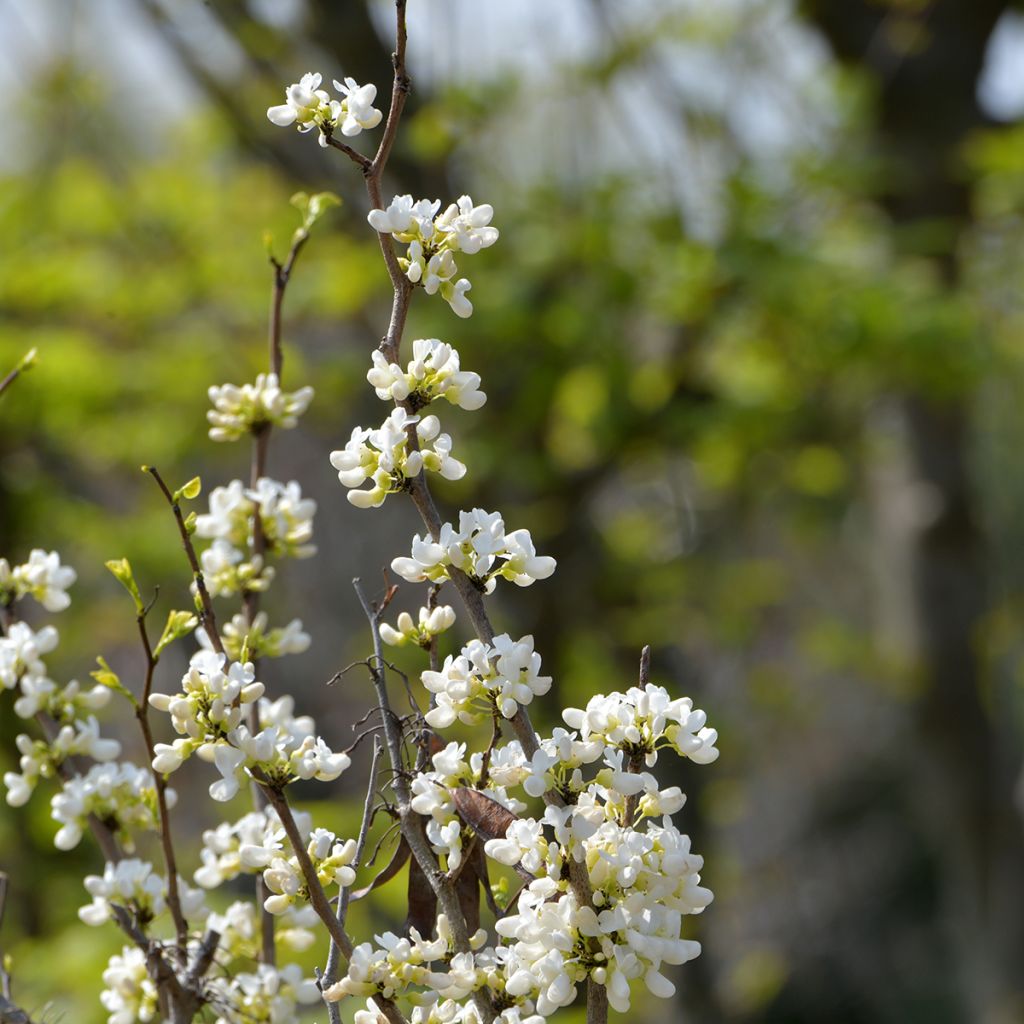

Cercis chinensis Shirobana - Gainier de Chine
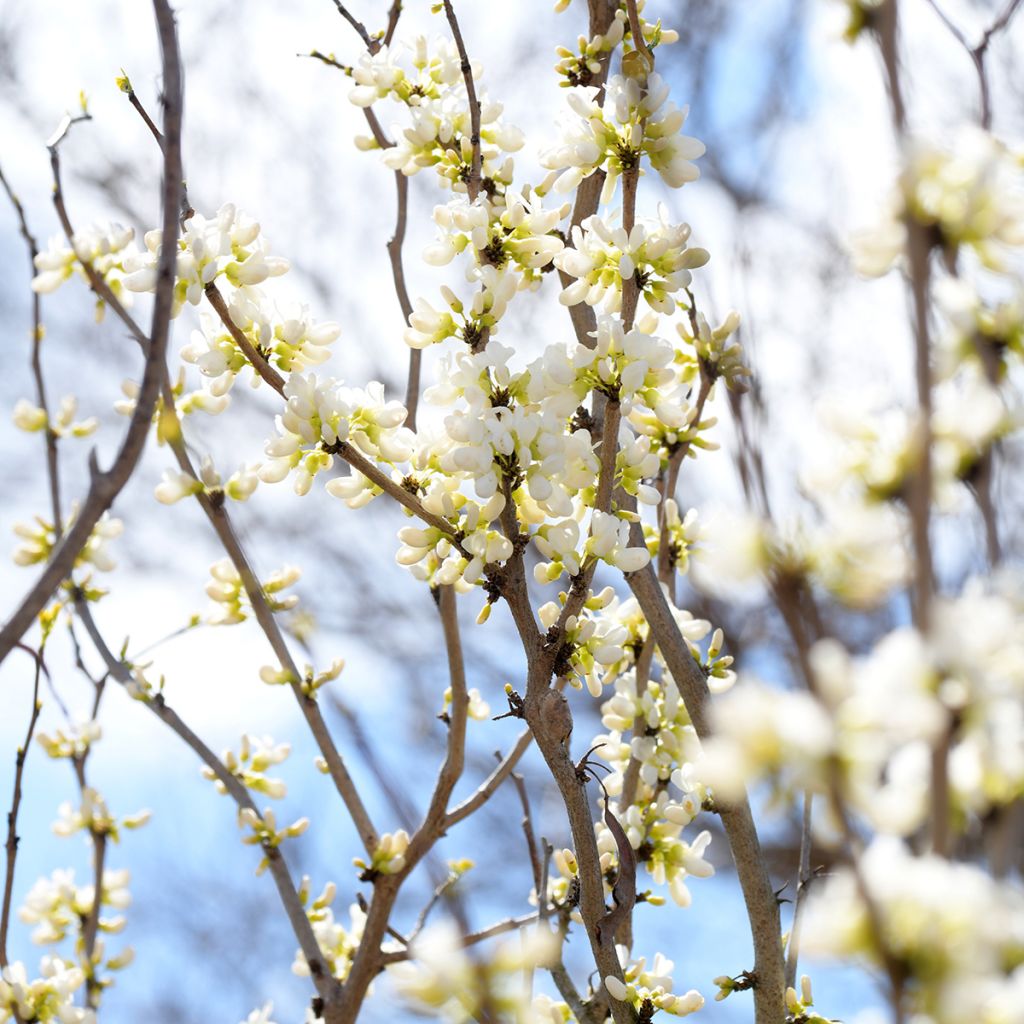

Cercis chinensis Shirobana - Gainier de Chine
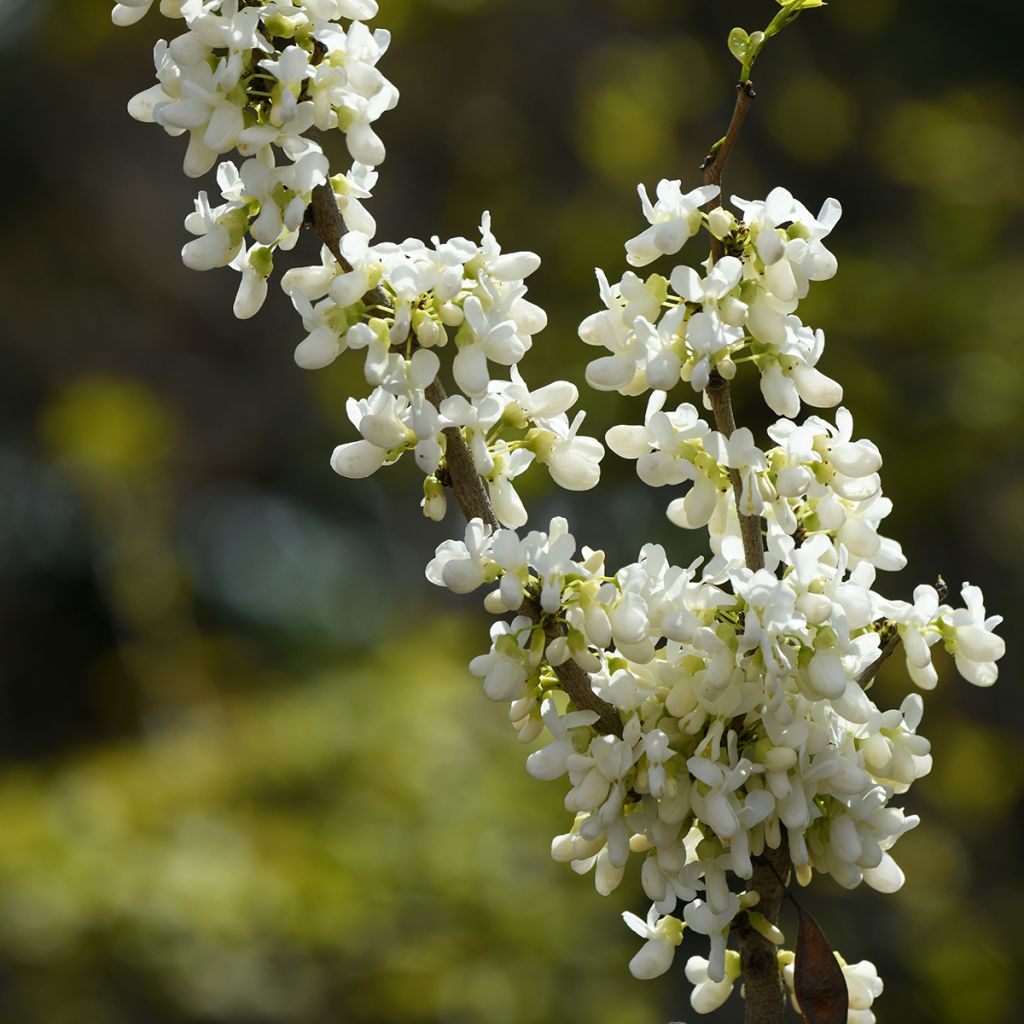

Cercis chinensis Shirobana - Gainier de Chine
Cercis chinensis Shirobana - Chinese Redbud
Cercis chinensis Shirobana
Chinese Redbud, Judas Tree
This item cannot be shipped to the selected country
Delivery charge from €5.90
Delivery to Corse prohibited
More information
Schedule delivery date,
and select date in basket
This plant carries a 24 months recovery warranty
More information
We guarantee the quality of our plants for a full growing cycle, and will replace at our expense any plant that fails to recover under normal climatic and planting conditions.
From €5.90 for pickup delivery and €6.90 for home delivery
Express home delivery from €8.90.
Delivery to Corse prohibited: UE law prohibits the import of this plant from mainland France to Corse as part of the fight against Xylella fastidiosa. Please accept our sincere apologies.
More information
Does this plant fit my garden?
Set up your Plantfit profile →
Description
The Cercis chinensis Shirobana is a remarkable Chinese redbud selection due to its white colour and abundant flowering, as well as its vigour. This small tree, one of the first to bloom in early spring, is also distinguished by its large leaves and wide habit. Shirobana's flowers emerge from cream buds and bloom in clusters directly on dark-coloured branches before the foliage appears. Its heart-shaped leaves turn a beautiful golden yellow in autumn. This selection combines a Japanese-inspired design with great robustness.
The Cercis chinensis Shirobana belongs to the F abaceae or Caesalpiniaceae family and is native to China and Japan. 'Shirobana' is a rare form with white flowers, particularly floriferous. This small tree or bush, with a spreading habit and branching from the base, sometimes multi-trunked, shows a relatively slow growth. Ultimately, it reaches about 5.50 m (18 ft) in height and 4.50 m (14 ft 10 in) in width. Its development naturally depends on the growing conditions, often not exceeding 3.50 m (11 ft 6 in) in all directions. The flowers appear before the leaves, usually in late March, directly on the branches. They are particularly abundant, shaped like pea flowers, gathered in clusters. The floral buds are tinged with green and cream, while the flowers are pure white. The fruits, in the form of flattened pods, appear in summer and remain on the plant in winter, much to the delight of birds. The foliage consists of heart-shaped, rounded, rather thick and smooth leaves. They measure 8 to 12 cm (3.1 to 4.7 in) in length. Their margin is transparent and leathery. They are bright green in summer, then turn yellow before falling in autumn. The bark is dark in colour, becoming grey on the trunk or older branches.
This Chinese cousin of the Judas tree is truly undemanding, it withstands severe cold and grows in ordinary soil, even limestone and dry in summer. It can be planted alone, or combined in a grove with other easy-to-grow flowering shrubs such as lilacs, large shrub roses, wild and botanical roses, forsythias, apple trees, and ornamental cherry trees...
Report an error about the product description
Cercis chinensis Shirobana - Chinese Redbud in pictures
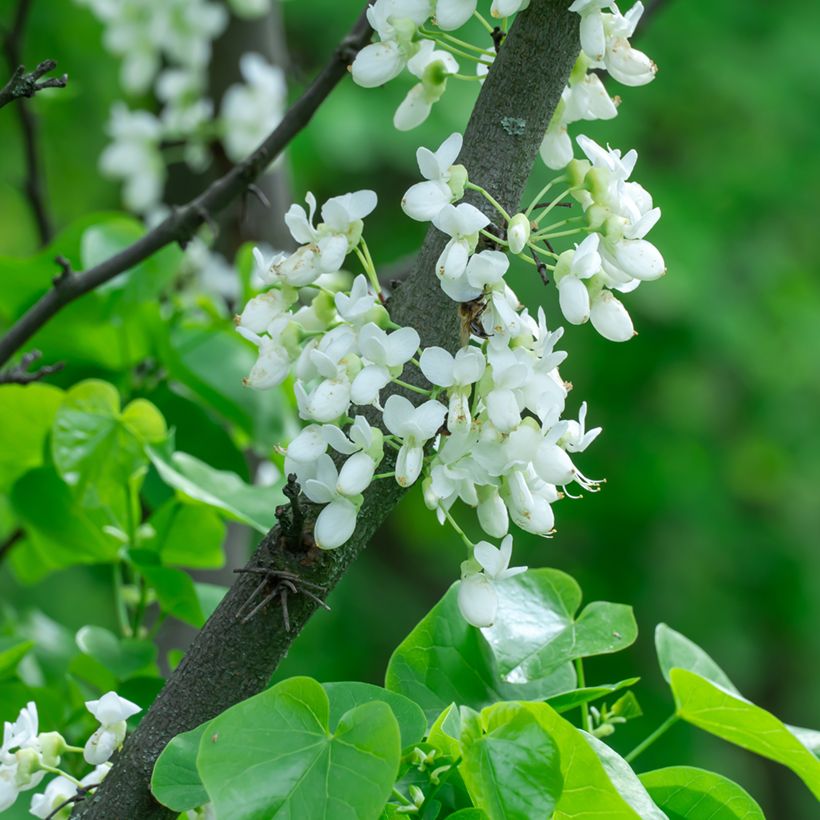



Plant habit
Flowering
Foliage
Botanical data
Cercis
chinensis
Shirobana
Fabaceae
Chinese Redbud, Judas Tree
China
Other Cercis
Planting and care
When planting the Cercis chinensis Shirobana, choosing a sunny spot with well-drained soil, preferably limestone, is essential. This plant isn't demanding and doesn't need to be pruned much; remove any dead or dry branches or those that detract from their shape after flowering. Planting should be done between November and March avoiding freezing weather. Container-grown plants can be planted at any time of the year. During planting, make a watering basin for young bushes that need regular watering for the first three years. The plant prefers to stay put once it's matured, so be careful where you plant it.
Planting period
Intended location
Care
This item has not been reviewed yet - be the first to leave a review about it.
Spring-flowering shrubs
Haven't found what you were looking for?
Hardiness is the lowest winter temperature a plant can endure without suffering serious damage or even dying. However, hardiness is affected by location (a sheltered area, such as a patio), protection (winter cover) and soil type (hardiness is improved by well-drained soil).

Photo Sharing Terms & Conditions
In order to encourage gardeners to interact and share their experiences, Promesse de fleurs offers various media enabling content to be uploaded onto its Site - in particular via the ‘Photo sharing’ module.
The User agrees to refrain from:
- Posting any content that is illegal, prejudicial, insulting, racist, inciteful to hatred, revisionist, contrary to public decency, that infringes on privacy or on the privacy rights of third parties, in particular the publicity rights of persons and goods, intellectual property rights, or the right to privacy.
- Submitting content on behalf of a third party;
- Impersonate the identity of a third party and/or publish any personal information about a third party;
In general, the User undertakes to refrain from any unethical behaviour.
All Content (in particular text, comments, files, images, photos, videos, creative works, etc.), which may be subject to property or intellectual property rights, image or other private rights, shall remain the property of the User, subject to the limited rights granted by the terms of the licence granted by Promesse de fleurs as stated below. Users are at liberty to publish or not to publish such Content on the Site, notably via the ‘Photo Sharing’ facility, and accept that this Content shall be made public and freely accessible, notably on the Internet.
Users further acknowledge, undertake to have ,and guarantee that they hold all necessary rights and permissions to publish such material on the Site, in particular with regard to the legislation in force pertaining to any privacy, property, intellectual property, image, or contractual rights, or rights of any other nature. By publishing such Content on the Site, Users acknowledge accepting full liability as publishers of the Content within the meaning of the law, and grant Promesse de fleurs, free of charge, an inclusive, worldwide licence for the said Content for the entire duration of its publication, including all reproduction, representation, up/downloading, displaying, performing, transmission, and storage rights.
Users also grant permission for their name to be linked to the Content and accept that this link may not always be made available.
By engaging in posting material, Users consent to their Content becoming automatically accessible on the Internet, in particular on other sites and/or blogs and/or web pages of the Promesse de fleurs site, including in particular social pages and the Promesse de fleurs catalogue.
Users may secure the removal of entrusted content free of charge by issuing a simple request via our contact form.
The flowering period indicated on our website applies to countries and regions located in USDA zone 8 (France, the United Kingdom, Ireland, the Netherlands, etc.)
It will vary according to where you live:
- In zones 9 to 10 (Italy, Spain, Greece, etc.), flowering will occur about 2 to 4 weeks earlier.
- In zones 6 to 7 (Germany, Poland, Slovenia, and lower mountainous regions), flowering will be delayed by 2 to 3 weeks.
- In zone 5 (Central Europe, Scandinavia), blooming will be delayed by 3 to 5 weeks.
In temperate climates, pruning of spring-flowering shrubs (forsythia, spireas, etc.) should be done just after flowering.
Pruning of summer-flowering shrubs (Indian Lilac, Perovskia, etc.) can be done in winter or spring.
In cold regions as well as with frost-sensitive plants, avoid pruning too early when severe frosts may still occur.
The planting period indicated on our website applies to countries and regions located in USDA zone 8 (France, United Kingdom, Ireland, Netherlands).
It will vary according to where you live:
- In Mediterranean zones (Marseille, Madrid, Milan, etc.), autumn and winter are the best planting periods.
- In continental zones (Strasbourg, Munich, Vienna, etc.), delay planting by 2 to 3 weeks in spring and bring it forward by 2 to 4 weeks in autumn.
- In mountainous regions (the Alps, Pyrenees, Carpathians, etc.), it is best to plant in late spring (May-June) or late summer (August-September).
The harvesting period indicated on our website applies to countries and regions in USDA zone 8 (France, England, Ireland, the Netherlands).
In colder areas (Scandinavia, Poland, Austria...) fruit and vegetable harvests are likely to be delayed by 3-4 weeks.
In warmer areas (Italy, Spain, Greece, etc.), harvesting will probably take place earlier, depending on weather conditions.
The sowing periods indicated on our website apply to countries and regions within USDA Zone 8 (France, UK, Ireland, Netherlands).
In colder areas (Scandinavia, Poland, Austria...), delay any outdoor sowing by 3-4 weeks, or sow under glass.
In warmer climes (Italy, Spain, Greece, etc.), bring outdoor sowing forward by a few weeks.

































